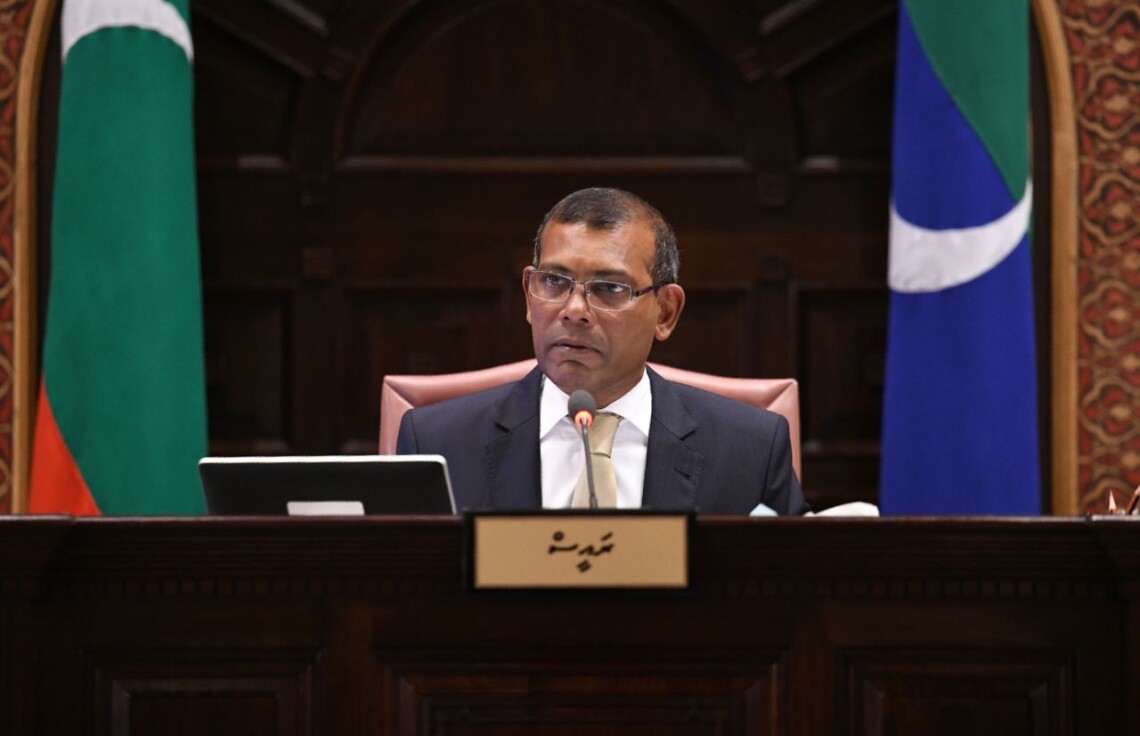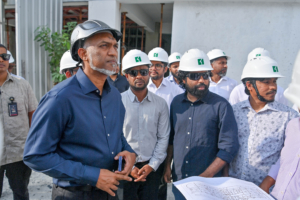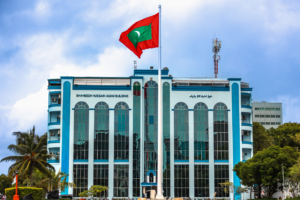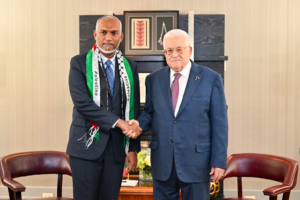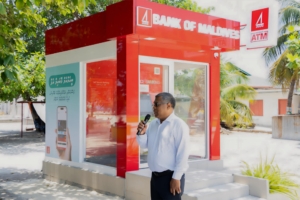Male’, Maldives – Former President and Speaker of the Parliament of Maldives Mohamed Nasheed said that Maldives has to pay the most number of loans taken by the previous administration in the coming 3 years and that there is no income in the government to pay back these loans.
Speaker Nasheed tweeted today that the danger of loans is having to pay it back. He also said the grace period of the most of the loans taken in between 2012 and 2018 will be due soon and the current government will have to pay these loans. He added that the government does not have sufficient income to repay these loans.
“Most have to be paid between 2021 and 2023. My thinking is to repay the loans taken in 2012-2018 without any further penalties”, said Nasheed.
According to the statistics publicized by the Finance Ministry showing the debts of the government till June, the current debts of the government amount to MVR 74 billion. This includes internal debts of MVR 36 billion and foreign debts of MVR 37.7 billion as well as assured debts of 16.6 billion.
Even though there is an increased amount of debts, Finance Minister Ibrahim Ameer said that such a situation where the government is unable to pay the debts will not be reached. The government is taking loans and obtaining grant assistance from foreign sources in order to get out from the huge downfall in the economy due to Covid-19 pandemic.
While most of these loans had been borrowed for large scale infrastructural development projects, World Bank recently stated that Maldives should postpone such projects and address the countries fiscal and debt sustainability risks amid the Covid-19 pandemic. It also highlights that total spending from January to July was only 1.2 percent less than over the same period in 2019 with an amount of USD 948 million being spent.

